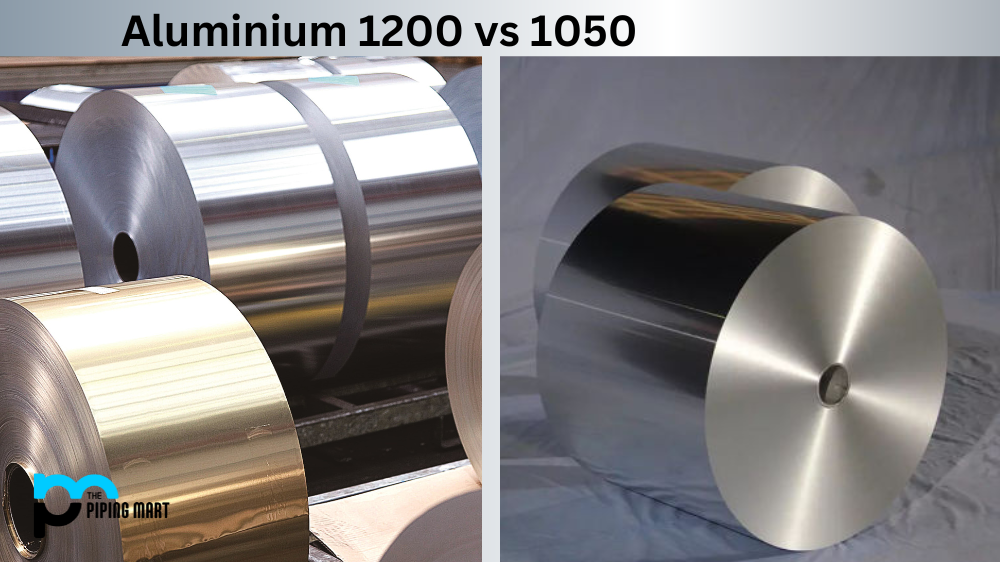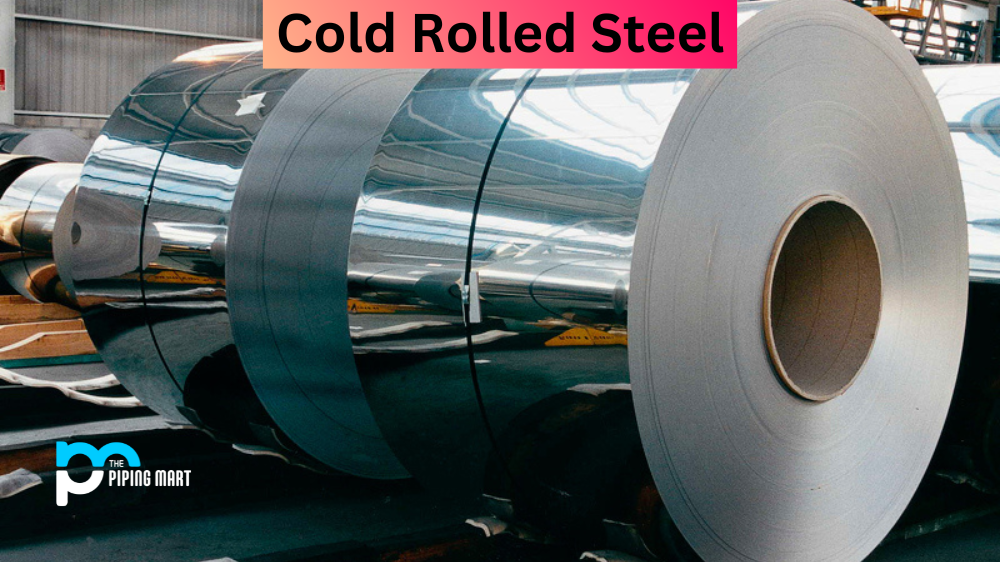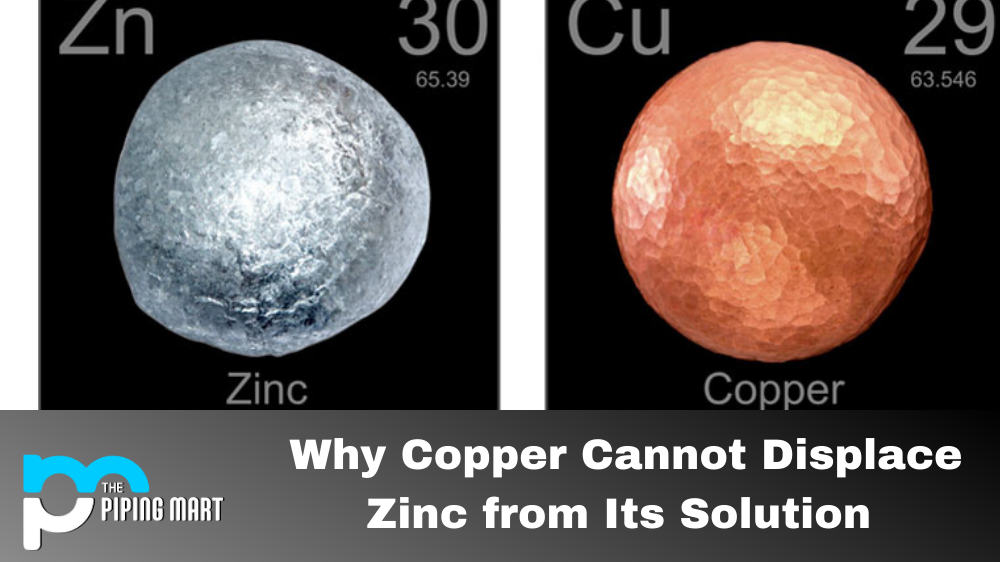Aluminum is a versatile metal with various applications in various industries. It is preferred for its lightweight and durability, making it a popular choice for construction, transportation, packaging, and more. However, not all aluminium alloys are created equal, and choosing the right one depends on your specific needs. Two commonly used variants are the Aluminum 1200 and 1050, which have different properties that make them ideal for various applications. In this blog post, we will look at the differences between Aluminium 1200 and Aluminum 1050 and which might be the best option for your requirements.
Difference Between Aluminum 1200 and 1050
Composition and Properties
Aluminum 1200 is a commercially pure aluminium alloy that contains 99.0% pure aluminium with a minimum of 1% of other elements. It has excellent corrosion resistance and can be used in applications requiring high thermal and electrical conductivity, such as heat exchangers, electrical conductors, and architectural applications. On the other hand, Aluminium 1050 is a relatively pure aluminium alloy with a minimum of 99.5% purity levels. It has excellent corrosion resistance and good formability and can be used in various applications requiring high strength and ductility.
Strength and Durability
Aluminium 1200 has lower tensile strength than Aluminum 1050, making it less suitable for applications that demand high strength. However, Aluminium 1200 is more durable, often used for roofing and other structural applications. Aluminum 1050, on the other hand, is known for its high strength and ductility, making it perfect for applications requiring toughness and durability, such as automotive parts and kitchen equipment.
Formability
Aluminium 1050 is more formable than Aluminum 1200 due to its higher purity and better ductility. It can be formed easily into complex shapes without compromising its mechanical properties. Aluminium 1200 can also be included but requires more force to achieve the desired shape. Therefore, Aluminum 1050 is often used in applications that demand high formability, such as sheet metal work and packaging.
Weldability
Aluminium 1200 and Aluminum 1050 are highly weldable and can be readily welded using various techniques, such as MIG welding, TIG welding, and resistance welding. However, Aluminium 1050 has better weldability due to its higher purity level, making it a suitable choice for applications that demand high welding quality, such as aerospace and medical equipment.
Cost
Aluminum 1050 is more expensive than Aluminium 1200 due to its higher purity level and better mechanical properties. However, the price difference may be insignificant, and other factors such as formability and durability may be more critical in determining their suitability for your specific application.
Conclusion
There is no one-size-fits-all when choosing between Aluminum 1200 and Aluminium 1050. The best option depends on your specific application requirements, such as strength, formability, durability, and cost. While Aluminum 1200 is suitable for applications requiring high thermal and electrical conductivity, Aluminium 1050 is perfect for increased strength and formability applications. By understanding the differences between these aluminium alloys, you can make an informed decision and choose the one that best meets your requirements.
Rachana is a dedicated and ambitious young woman who has made a name for herself in the metal industry. From her earliest days in the industry, Rachana showed a natural talent for problem-solving and a keen eye for detail. In her free time, She enjoys reading up on the latest advancements in the industry, as well as exploring new ways to innovate and improve upon existing processes.




